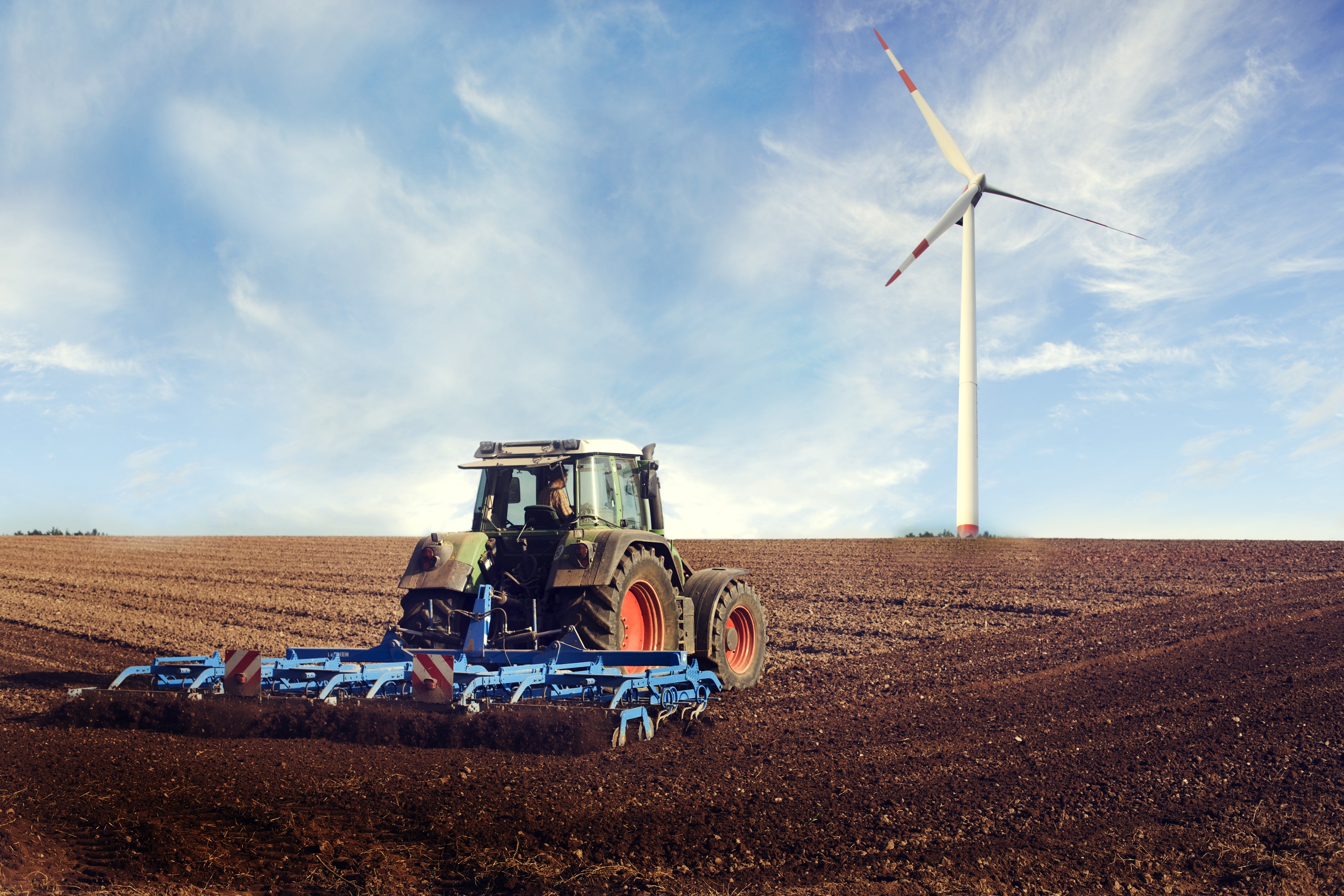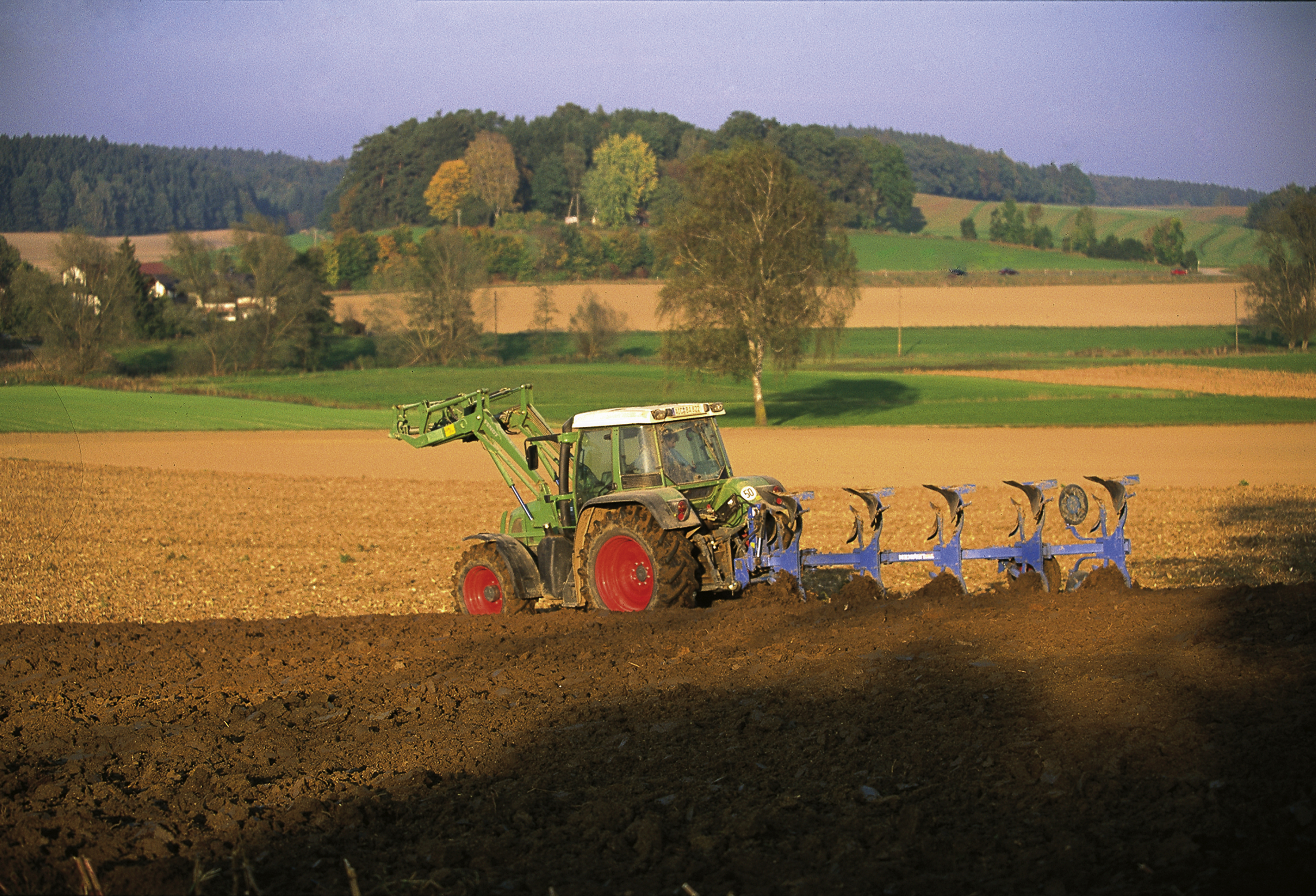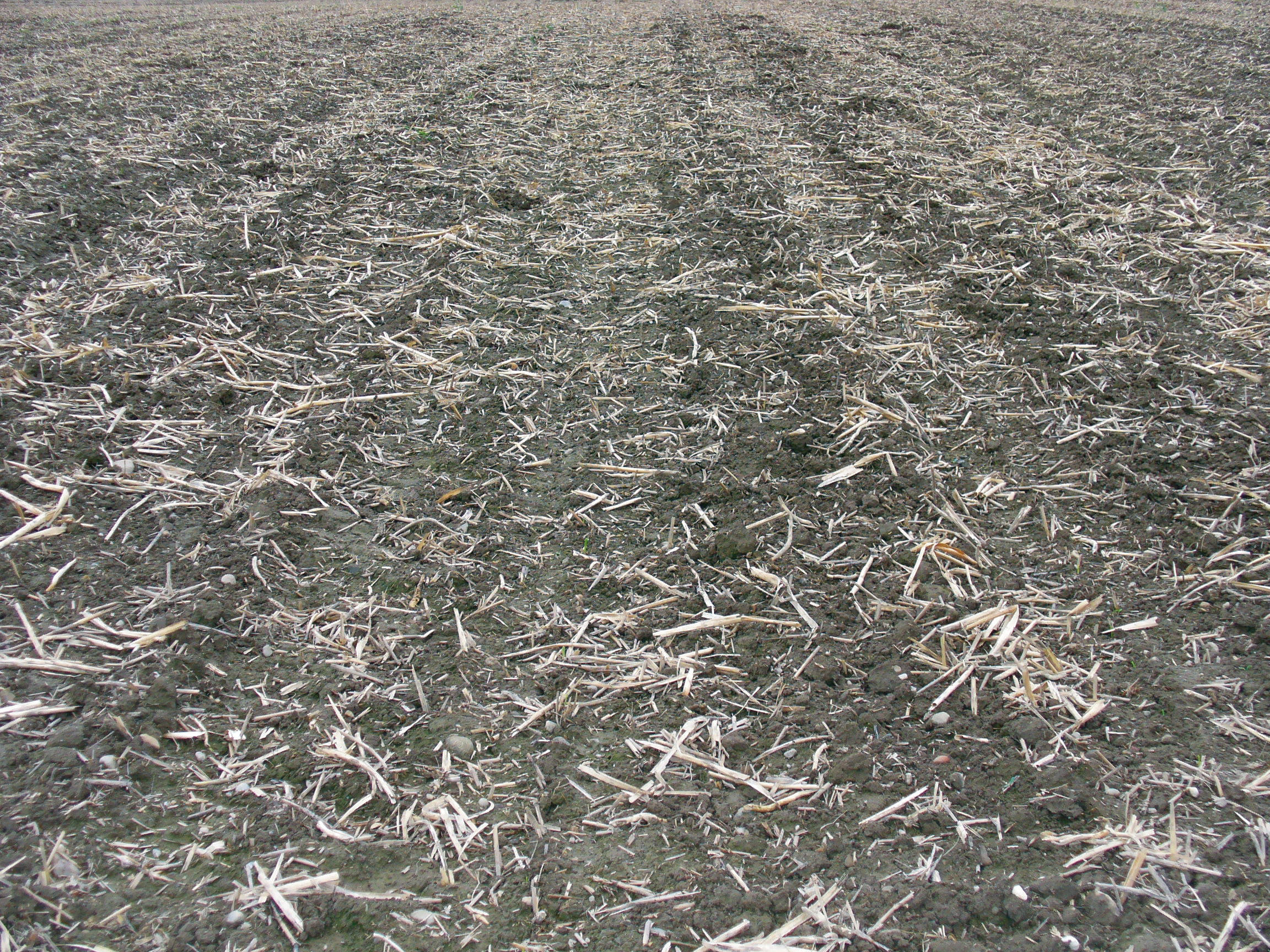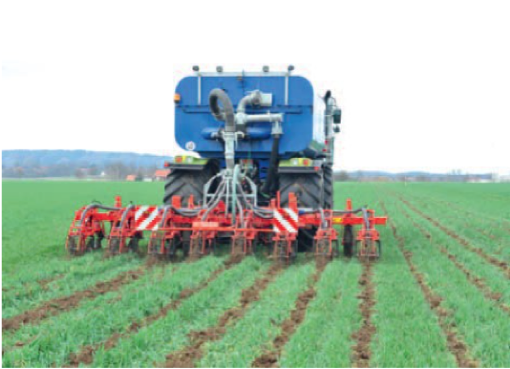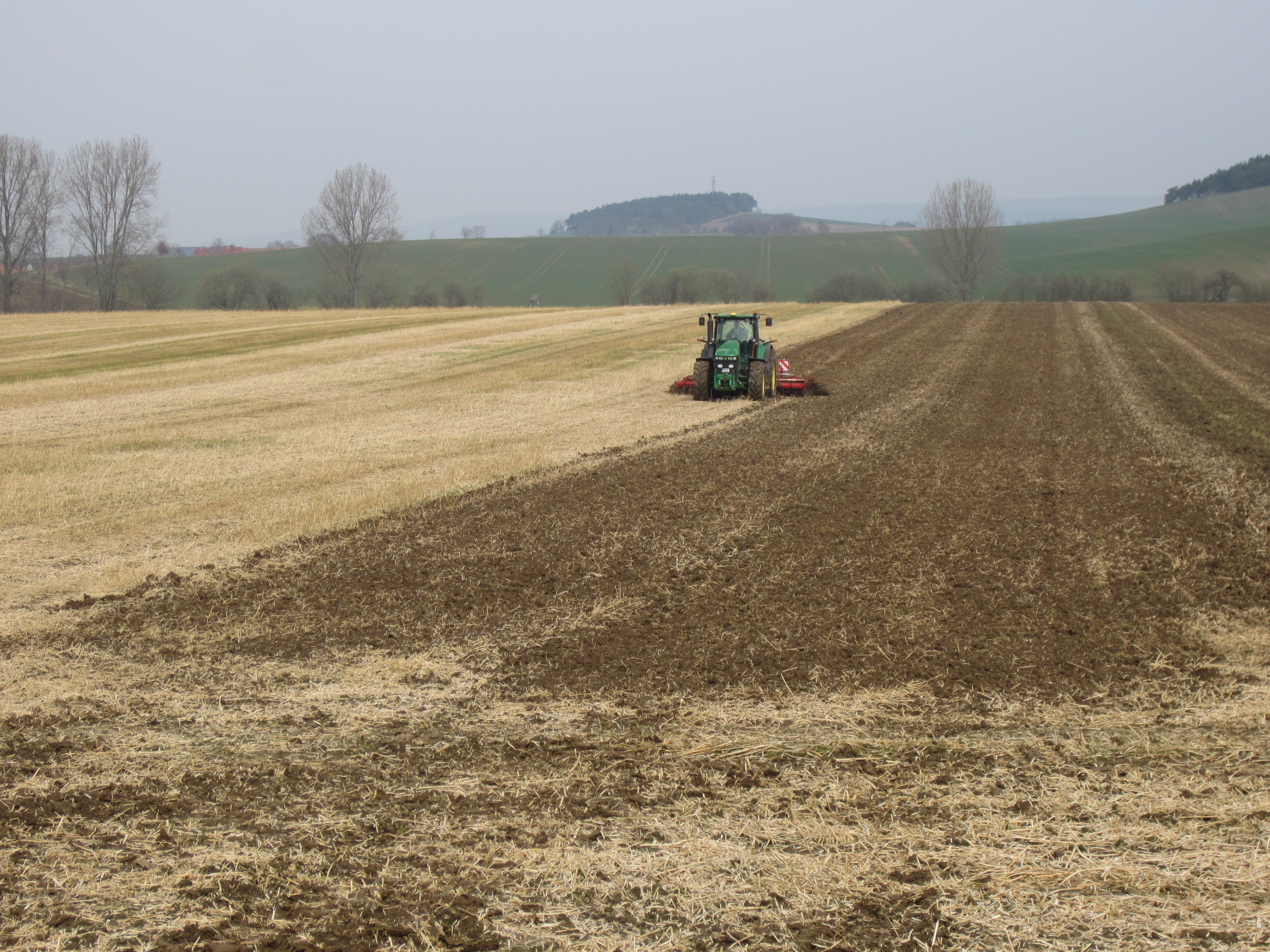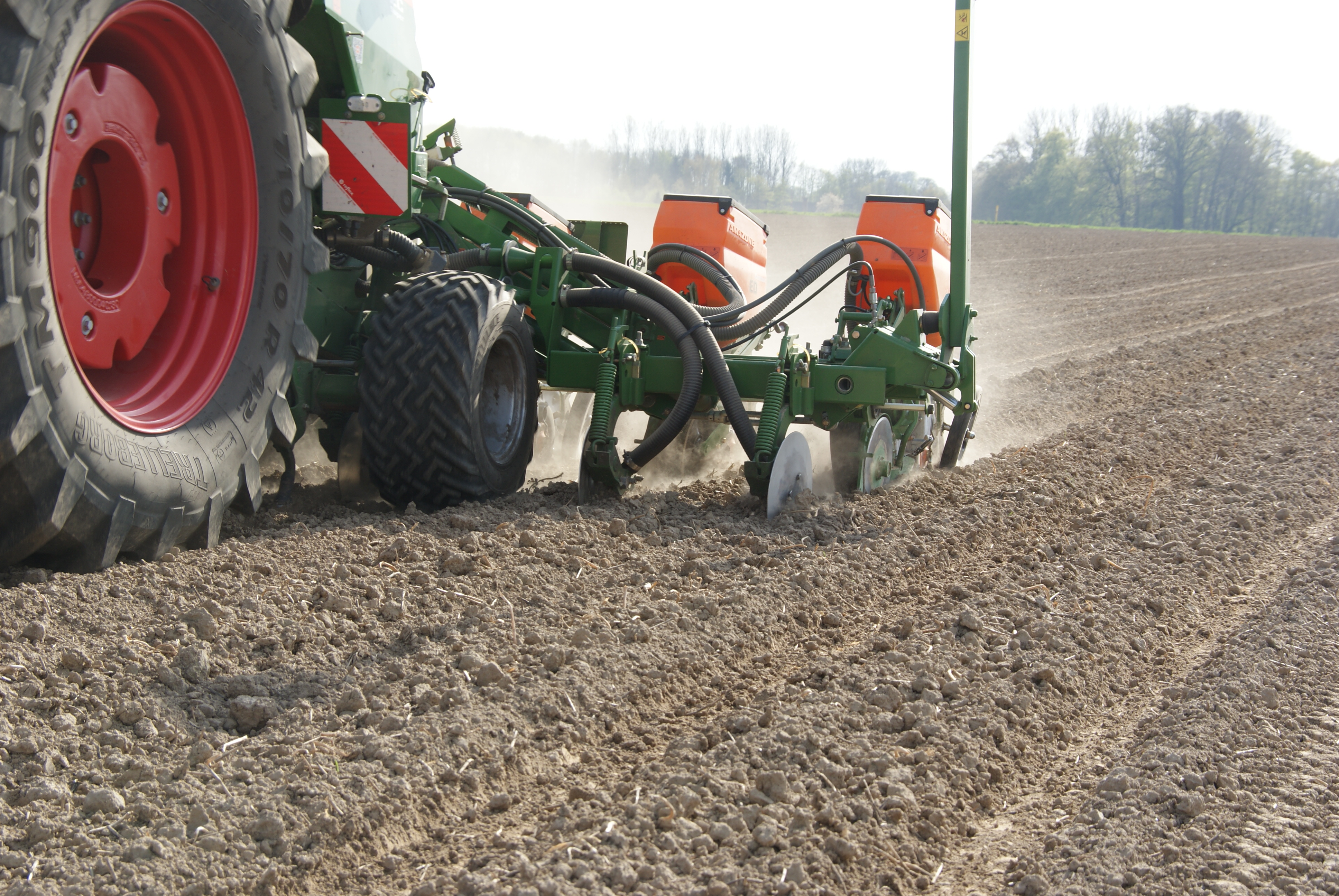Overview of tillage methods - plough, mulch sowing, strip till, direct sowing methods
Due to the ever-changing climate and weather conditions, the individual demands of crop species and technical progress, the methods of tillage have constantly evolved.
You should keep the following in mind: Careful, site-specific and timely tilling is a basic prerequisite for your successful crop cultivation.
1. Plough - conventional and time-tested?
Advantages:
- Incorporation of crop residues after harvest
- Phytosanitary effects
- Pest control
- Interrupting the “green bridge”
- Problem-free sowing, since no plant residues are present in the seed level
- Increasing the volume of the topsoil by increasing the large-pore fraction
- Loosening of soil compaction damage and wheel tracks
Advantages of using the plough in autumn (winter furrowing):
- Benefits of frost action
- Frost action makes seedbed preparation in heavy soils easier
- Capillary rise of water distinctly improved
Advantages of using the plough in spring:
- Rapid increase in soil temperature
- Weed control
Drawbacks:
- Effect on soil composition
- The natural settling process after tilling usually lasts for several weeks
- Number of soil invertebrates decreases
- Increased erosion risk
- High process costs
Drawbacks of using the plough in autumn (winter furrowing):
- Higher risk of siltation and erosion in silty soils
- Negative effects on soil structure under excessively wet conditions
Drawbacks of using the plough in spring:
- High water loss (may also be positive depending on the location and crop)
- Unsuitable for clayey sites
- Recompaction necessary
2. Mulch sowing - with conservative soil working for success
In contrast to plough-tilling, in the mulch sowing method, a somewhat shallower, non-turned soil working is performed. Here, the plant mulch (= biomass from an inter-row crop/straw from the previous crop) remains on the soil surface before and after sowing. In this case, sowing can take place as a “mulch sowing method with seedbed preparation” (MSmS) or as “mulch-till method without seedbed preparation" (MSoS).
Benefits of mulch sowing
- Avoidance of soil silting and soil erosion
- Creation of a stable soil structure ⁃ lower susceptibility to compaction ⁃ better trafficability
- “Good technical practice" for erosion-endangered locations/CC provisions
- In the case of catch crop cultivation: Avoidance of nitrate washout during the winter months by storage in the biomass
- Despite savings on soil working, no losses in yield and quality compared to conventional tilling
- Increase in soil invertebrates → earthworms loosen, aerate and mix the top soil
- Promotion of soil warming in cold locations and of young plant development
- Contribution to erosion protection and more stable soil structure is highest with MSoS
Sources of problems with mulch sowing
- Non-uniform distribution of chopped straw from previous crop
- Catch crops too thick or too weak
- Uneven field surface; catch crops sown on rough furrow
- Avoidance of total herbicide in the case of heavy weed infestation
- Soil and mulch material too wet for sowing
- Seedbed preparation too smooth or too deep
- Driving speed too high during sowing
- Unsuitable sowing equipment (coulter pressure, clearing effect)
- Suitability of site not considered:
- Packing often very dense on light soils, therefore deeper loosening is usually better
- Mulch sowing with seedbed preparation is usually advantageous on medium soils
- Mulch sowing without seedbed preparation is often expedient on clay soils
3. Strip till – is loosening of strips the path to success?
In the strip-till method, a narrow strip-wise loosening of the soil is performed, while the remainder of the field remains unworked. Thus the advantages of the conventional methods are combined in the strip till method. Sowing is performed in parallel, or discontinuously in exactly the previously worked strips.
Benefits of strip-till
- Prevention of evaporation and erosion by mulch material on the surface
- Soil is loosened only where necessary
- Soil structure preserved in the inter-row spaces → better
- trafficability and capillarity
- Simultaneous application of liquid slurry or commercial fertiliser saves time and passes
Drawbacks of strip-till
- Strip-till cultivators and precision seeders must be adapted to one another according to the number of rows
- GPS steering system with sufficient accuracy needed
- Ground coverage is lower with simultaneous liquid slurry application than with standard methods
- Only leasing is practicable for smaller operations
4. Direct sowing method - an alternative for your operation?
The “no-till” principle is employed in the direct sowing method. Thus in this method, all measures for basic soil cultivation and seedbed preparation are avoided. Since sowing takes place directly into the unworked stubble of the previous crop, the sowing machinery should be equipped with cutting discs.
Benefits of direct sowing
- Good load-bearing capacity and trafficability of the soil
- Low risk of wheel track compaction
- Advantageous water balance
- Mulch material on the surface prevents siltation and erosion
Drawbacks of direct sowing
- “Green bridge” for plant diseases
- Use of total herbicides is necessary
- Surface heating in spring is delayed
- Higher requirements for management and cultivation
You might also be interested in…
Find your consultant
Do you want to know which products fit your regional conditions best? Do you have any trouble with pests or diseases? We will gladly answer any questions you might have to achieve best yields and results.
